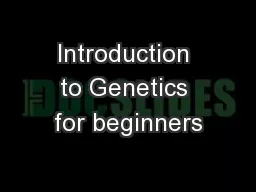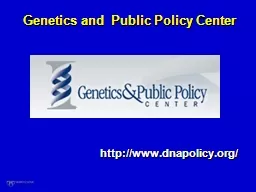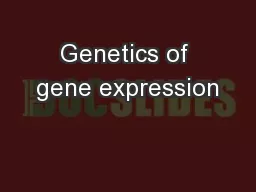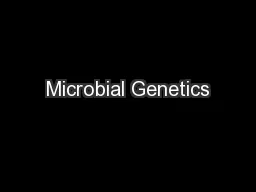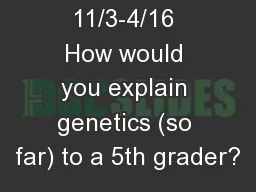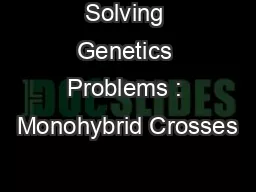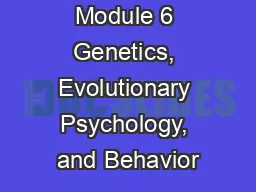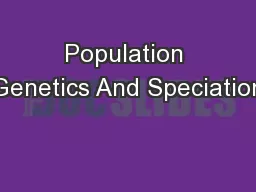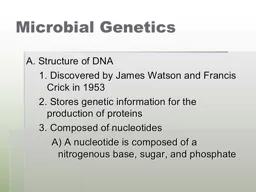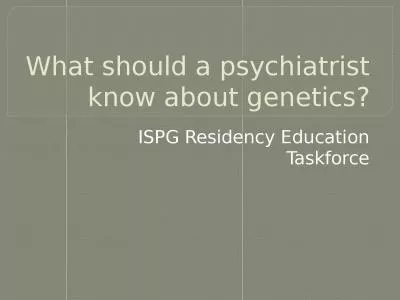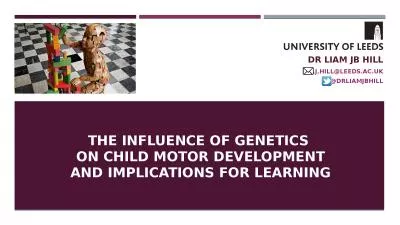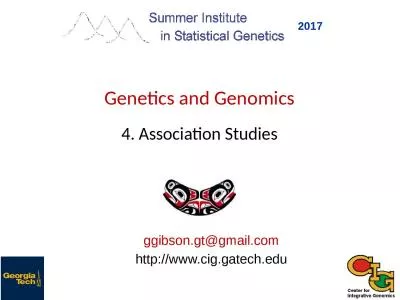PPT-Introduction to Genetics for beginners
Author : myesha-ticknor | Published Date : 2015-10-11
An Introduction to basic genetic concepts and links to health for individuals who have had minimal experience of genetics DNA genes amp chromosomes The objectives
Presentation Embed Code
Download Presentation
Download Presentation The PPT/PDF document "Introduction to Genetics for beginners" is the property of its rightful owner. Permission is granted to download and print the materials on this website for personal, non-commercial use only, and to display it on your personal computer provided you do not modify the materials and that you retain all copyright notices contained in the materials. By downloading content from our website, you accept the terms of this agreement.
Introduction to Genetics for beginners: Transcript
Download Rules Of Document
"Introduction to Genetics for beginners"The content belongs to its owner. You may download and print it for personal use, without modification, and keep all copyright notices. By downloading, you agree to these terms.
Related Documents

